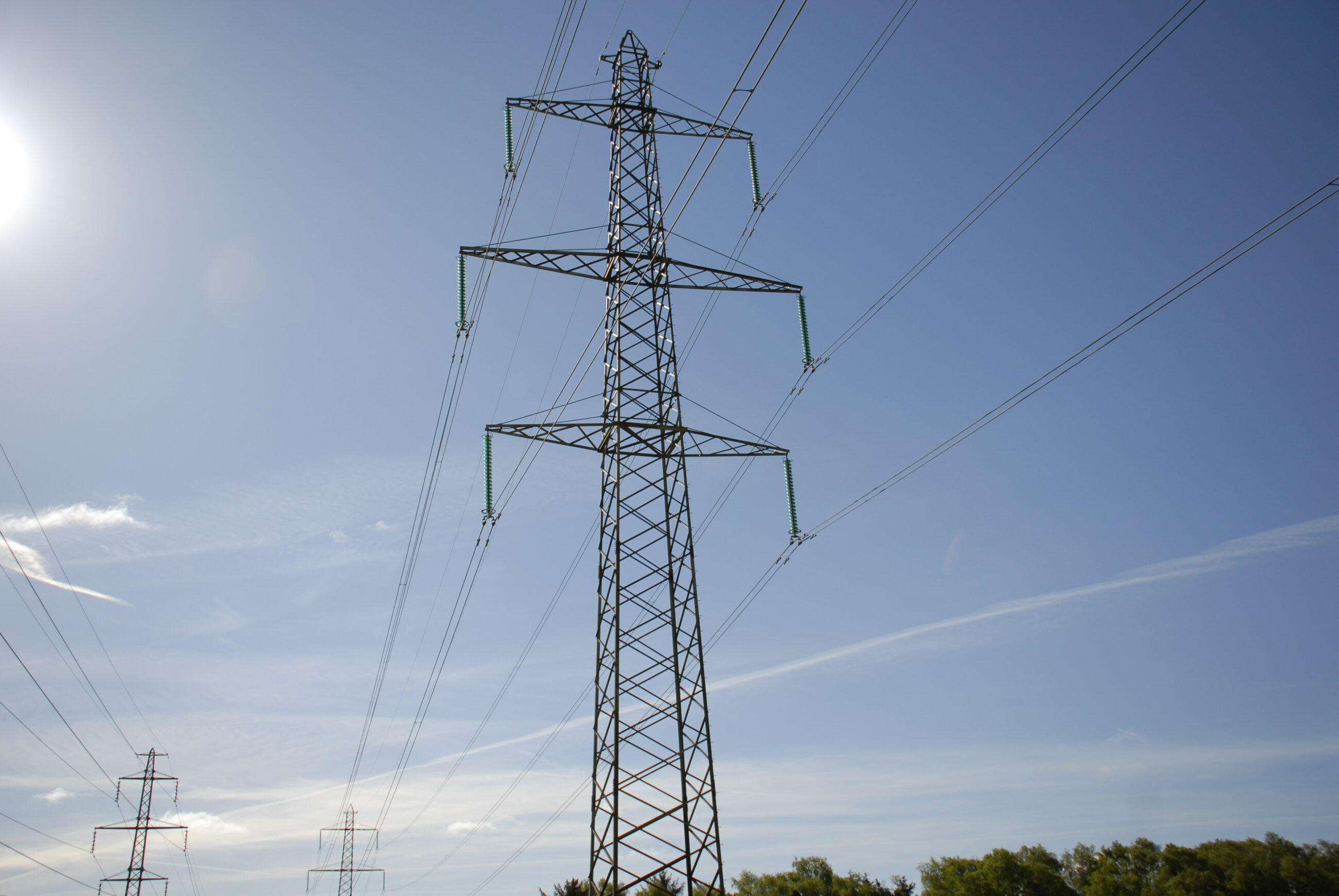News
District energy
Smart energy systems
Electricity demand stalls in advanced economies


The global electricity demand has increased by around 70 per cent since 2000. Yet there are major disparities across regions. For instance, the electricity demand in advanced economies has begun to flatten or in some cases decline.
As stated by the analysts, there have been a range of new sources of electricity demand growth in advanced economies, including digitalisation and the electrification of heat and mobility. However, savings from energy efficiency have outpaced this growth.
Impacts of energy efficiency
Energy efficiency measures adopted since 2000 saved almost 1 800 TWh in 2017, or around 20 per cent of overall current electricity use. The IEA reported that over 40 per cent of the slowdown in electricity demand was due to energy efficiency in industry, largely a result of strict, broadly applied, minimum energy performance standards for electric motors. In residential buildings, total energy use by certain classes of appliances has already peaked. For example, the energy use for refrigerators is well below the high point reached in 2009, and energy use for lighting has also declined. In the absence of energy efficiency improvements, electricity demand in advanced economies would have increased at 1.6 per cent per year since 2010, instead of 0.3 per cent.
-Related solution: Energy Policy Toolkit for Energy Efficiency in Appliances, Lighting and Equipment
Structural changes in the economy
The electricity demand slowdown is also caused by the changes in economic structures in advanced economies. In 2000, around 53 per cent of electricity demand in the industrial sector came from heavy industry, but by 2017 this figure had fallen to less than 45 per cent. For example, advanced economies now account for 30 per cent of global steel production, down from 60 per cent in 2000, and for 25 per cent of aluminium production, also down from around 60 per cent in 2000.
Electrification of heating and mobility
Electricity demand for heat and mobility barely increased between 2000 and 2017 - by only 350 TWh. Since 2000, only around 7 per cent of households in advanced economies have switched from fossil fuels to electricity for space and water heating purposes. In many regions, it is the price of electricity relative to fossil fuels that sets limitation to its competitiveness for heating end-uses.
In addition, electric cars are still underrepresented in passenger vehicle sales in advanced economies and account for less than 0.5 per cent of the passenger vehicle stock.
Finally, use of electricity for meeting heat demand in the industrial sector also remains marginal.
-Related solution: Business case for the smart integration of electric vehicles
Changes in the Danish electricity consumption
Denmark has followed the same pattern of low electricity demand, hitting a historical low point in 2014. However, statistics from the Danish Energy Agency reveals that electricity consumption varies depending on the sector. For instance, electricity consumption in manufacturing was in 2017 1.5 per cent higher than in 2016. Also, the trade and service industries’ electricity consumption increased by 4.6 per cent since the year before. However, households' electricity consumption fell 4.2 per cent.
While technology innovation and energy efficiency has lowered electricity consumption, growth and the Danish green transition is pulling the demand. The Danish Energy Agency expects that total Danish electricity consumption will rise significantly towards 2030. This is mainly due to the establishment of several large data centers in Denmark, as well as increased electrification in heating and transport.
Nevertheless, the current Danish electricity demand is still fairly low, accounting for 19 per cent of the total Danish energy consumption in 2018, according to Eurostat.
Future prospects of electricity demand
According to IEA, electricity demand in advanced economies, on average, is projected to grow at just 0.7 per cent per year to 2040, with the increase largely being due to digitalization and policies that incentivise the use of electric vehicles and electric heating. Without such policies, electricity demand would continue to flatten or even decline in many advanced economies.
Ultimately, despite moderate growth in electricity demand, fuel-switching to electricity and energy efficiency improvements in the use of other fuels mean the share of electricity in final consumption is projected to increase to 27 per cent in advanced economies by 2040, up from 22 per cent today.
Sources:















